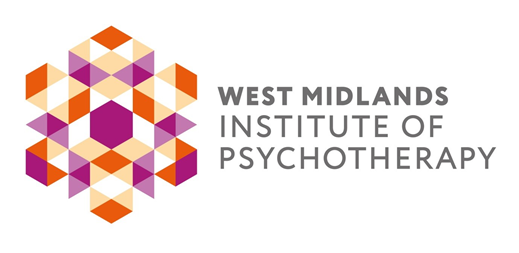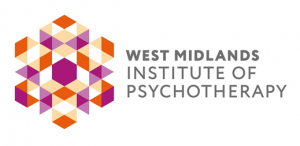What is Psychoanalytic therapy?
Psychoanalytic therapy is a therapeutic approach that originated from the work of Sigmund Freud and his theories of psychoanalysis. It aims to explore the unconscious mind and uncover unresolved conflicts, desires, and experiences that may be contributing to a person’s psychological difficulties or distress.
Key concepts in psychoanalytic therapy include:
1. Unconscious Mind: Freud proposed that much of human behavior is influenced by unconscious motives, desires, and conflicts that are outside of conscious awareness.
2. Defense Mechanisms: These are unconscious strategies that individuals use to cope with anxiety and protect themselves from painful or threatening thoughts and feelings.
3. Free Association: A technique in which clients are encouraged to express thoughts, feelings, and memories as they come to mind, without censorship. This helps to uncover unconscious material.
4. Transference: The transfer of feelings and attitudes from significant figures in a person’s past onto the therapist. Transference provides insight into past relationship patterns and unresolved conflicts.
5. Dream Analysis: Dreams are seen as a window into the unconscious mind, containing symbolic representations of unconscious conflicts and desires.
6. Interpretation: The therapist helps the client understand the meaning of their thoughts, feelings, and behaviors, particularly those that are unconscious or repressed.
Psychoanalytic therapy aims to increase self-awareness and insight, resolve internal conflicts, and alleviate psychological symptoms by bringing unconscious material into conscious awareness and working through it in the therapeutic relationship.

